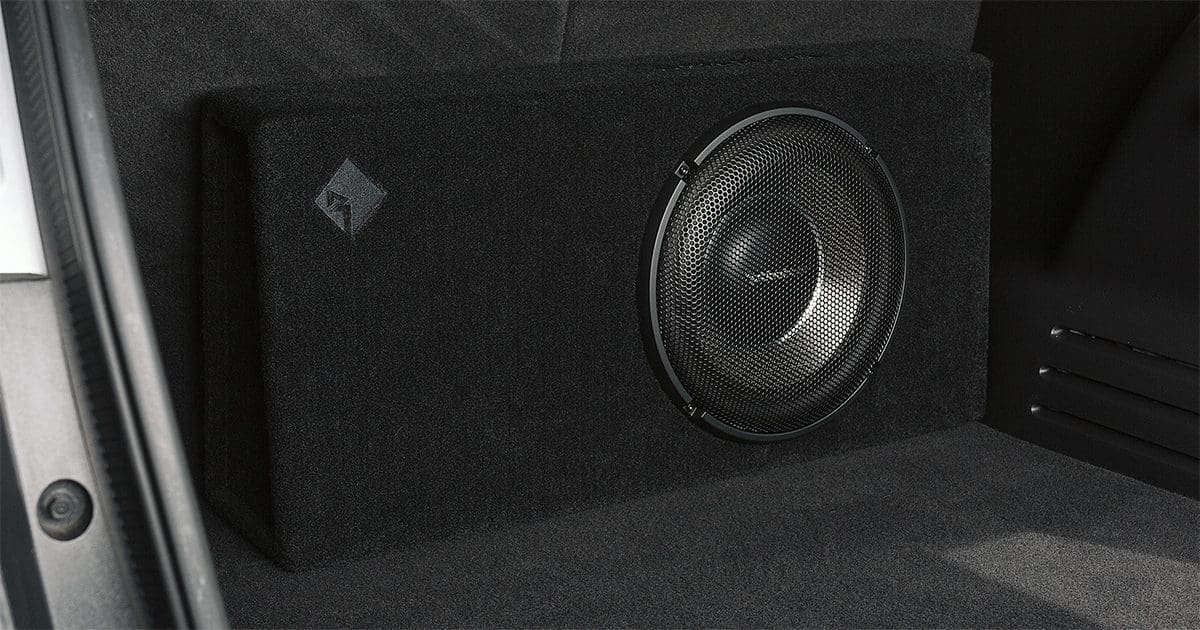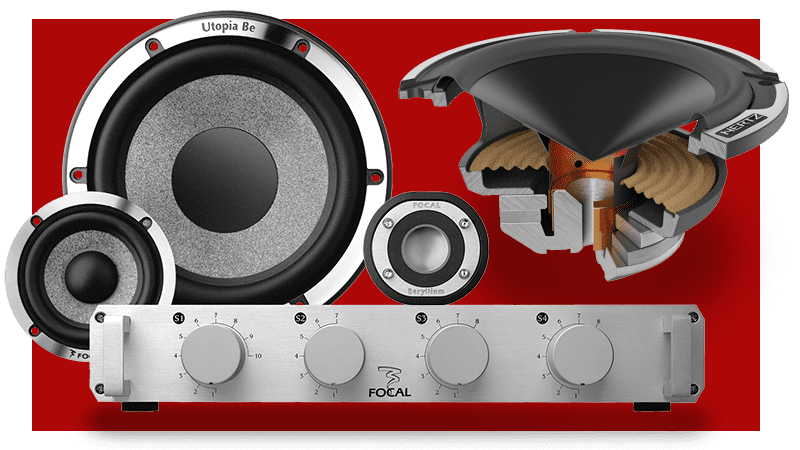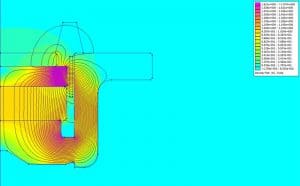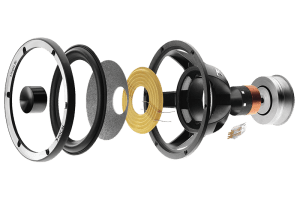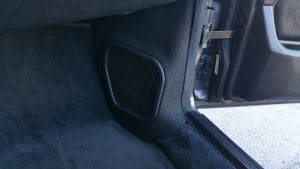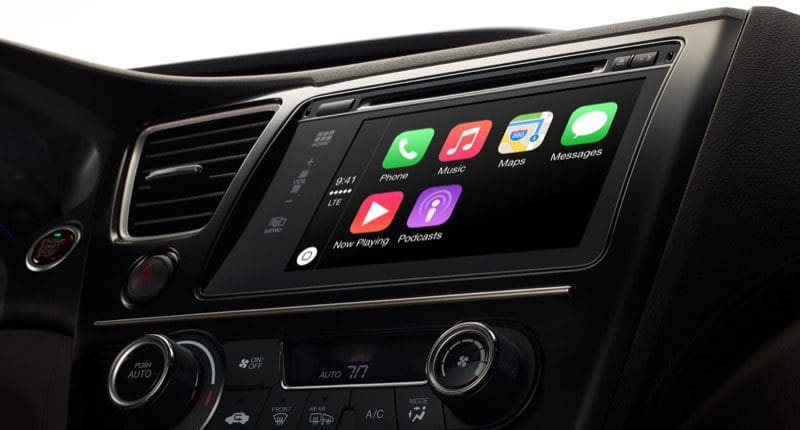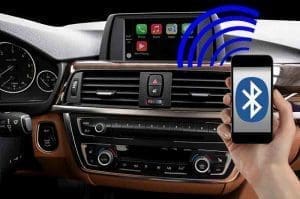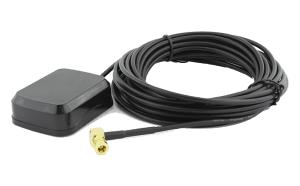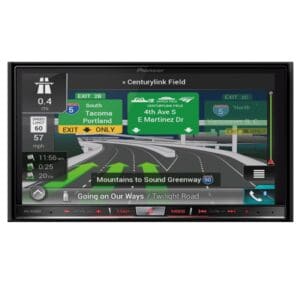Adding a subwoofer to your vehicle is the best way to upgrade the performance of any mobile audio system. The car audio fanatics at Rockford Fosgate have served up a pair of unique solutions for applications where space is at a premium. If you want a sub for behind the seat of a pickup truck or the cargo area of your hatchback or SUV, check out the Power Series T1S-1X10 and T1S-1X12 slim sealed enclosures.
Rockford Fosgate T1S-1X10 Features
Let’s start by looking at the T1S-1X10 enclosure. This low-profile enclosure features a single 10-inch T1S1-10 slim-mount subwoofer. The enclosure measures 26.8 inches wide, stands 12.5 inches tall and is 6.3 inches deep at the bottom and 4.3 inches deep at the top.
The subwoofer is mounted on the angled face so the enclosure can fit against the back wall of a pickup truck while the driver follows the angle of the front seat. The enclosure is constructed from high-quality 5/8-inch MDF and weighs 30 pounds. The net internal air volume is 0.55 cubic foot.
A spring-loaded terminal cup on the right side makes it easy for your installer to connect to an amplifier. In addition, the terminal cup will accept up to 12 AWG wires for efficient power delivery – an essential consideration with low load impedances.
The enclosure is finished in a durable black carpet with the Rockford Fosgate logo embroidered into the top panel. In addition, the world-famous Diamond-R logo is embroidered in the top-left corner of the front. A heavy-duty grille is included to protect the subwoofer from damage. Speaking of preventing damage, Rockford Fosgate includes two hold-down brackets for the sides of the enclosure. Your installer can bolt these to the floor of your pickup to ensure that the subwoofer stays in place.
The T1S1-10 subwoofer in the system has a power handling rating of 500 watts continuous and 1,000 watts maximum. The driver’s nominal impedance is 1 ohm, so it will work perfectly with an amplifier like the Power Series T500-bdCP 500-watt monoblock.
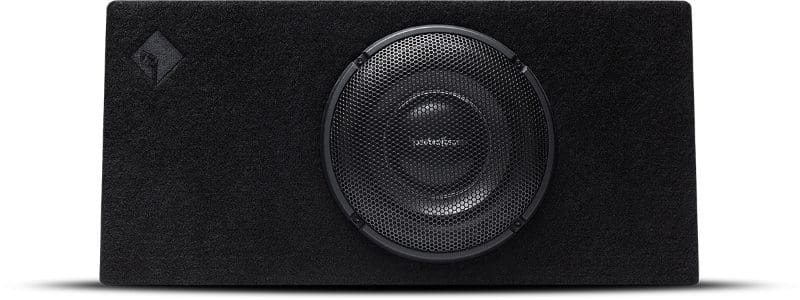
Rockford Fosgate T1S-1X12 Features
If you have more room and want more output from your subwoofer system, then the T1S-1X12 enclosure is a better choice. This enclosure measures 31.5 inches wide and stands 14.5 inches tall. The depth at the base is 6.3 inches, and the depth at the top is 4.2 inches. The T1S-1X12 weighs in at 38 pounds. The driver is provided with 0.85 cubic foot of airspace to give a good balance of punch and low-frequency extension. The T1S-1X12 shares the same Rockford Fosgate and Diamond-R logo embroidery on the top and front panel as the T1S-1X10. Mounting brackets are also included with this larger enclosure to keep it safe and secure.
The T1S1-12 subwoofer used in the T1S-1X12 enclosure has a diameter of 12 inches and is rated to handle 600 watts of power continuously and 1,200 watts maximum. This subwoofer has a nominal 1-ohm impedance. The Power Series T500-bdCP amplifier is also a perfect match for this enclosure. If you want to save a few dollars, the Punch Series P500X1bd 500-watt monoblock is also a great choice.
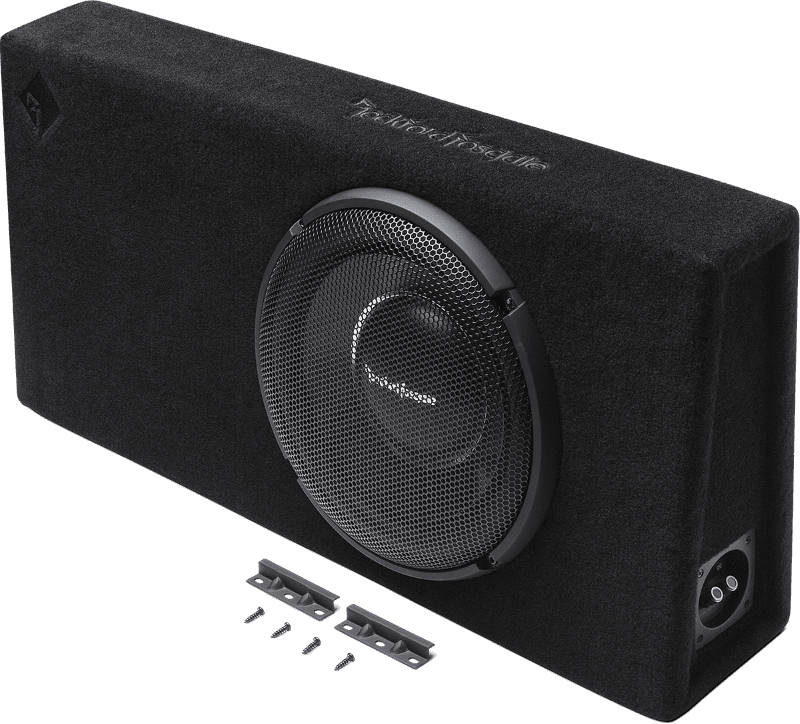
Serious Bass in a Small Space
Make no mistake; these aren’t entry-level subwoofer solutions. Rockford Fosgate’s T1S1-10 and T1S1-12 subwoofers are serious engineering marvels. The drivers offer excursion capabilities that rival many full-depth subwoofers. In fact, Rockford Fosgate says these “slim” subwoofers offer nearly the same excursion capability as their full-size brothers, the T1D210 and T1D212. That’s a hard goal to achieve.
Also, unlike most shallow subwoofers on the market, Rockford Fosgate’s engineers have included distortion-reducing technology in their Integrated Copper Cap Heat Sinking Shorting Ring, which improves linearity and reduces distortion. The result is bass with impressive definition and clarity, especially at high power levels.
In addition, these drivers have been optimized with the Vertical Attach Surround Technique to increase the effective cone area and produce serious bass. You need to hear these subwoofers to believe them!
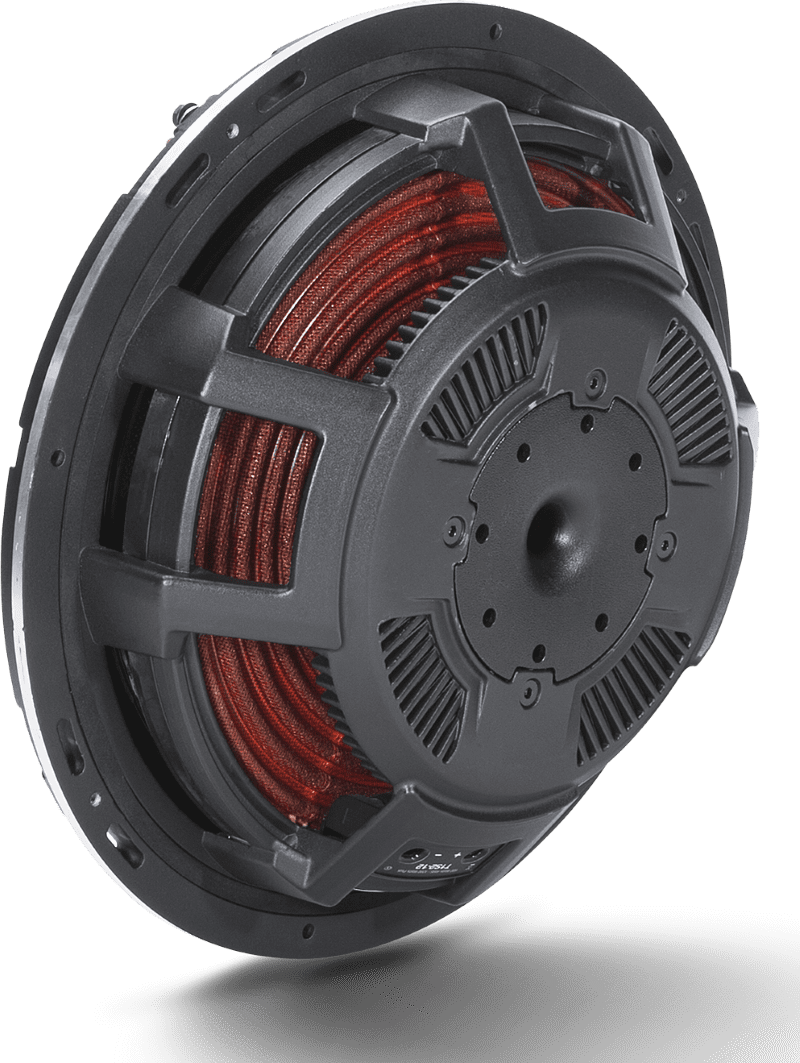
Upgrade Your Truck with Rockford Fosgate Power Series Slim Enclosures
If you have a truck that needs a high-performance subwoofer solution, then visit a local authorized Rockford Fosgate retailer and ask about the 10-inch T1S-1X10 and 12-inch T1S-1X12 slim subwoofer enclosure solutions. You can learn more about Rockford Fosgate amplifiers, speakers and subwoofers for your car, truck, boat, motorcycle or side-by-side by visiting their website. Follow Rockford Fosgate on Facebook and Instagram to learn about the latest products they’ve developed and events the team has attended. Finally, check out their YouTube channel to see some of the best videos in the car audio industry. We know you’ll be impressed!
This article is written and produced by the team at www.BestCarAudio.com. Reproduction or use of any kind is prohibited without the express written permission of 1sixty8 media.
